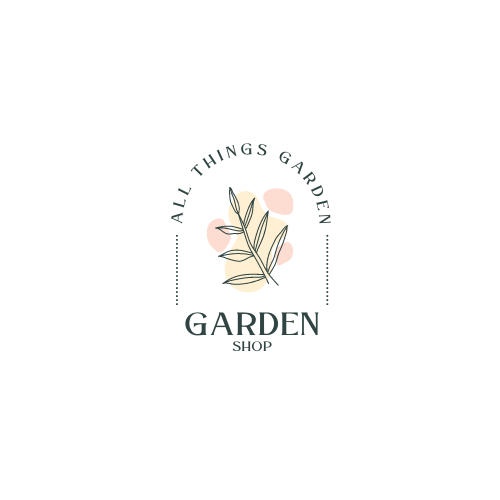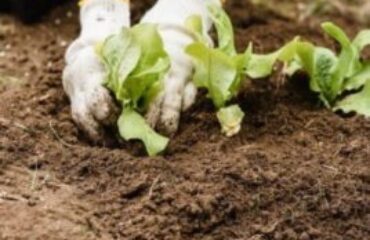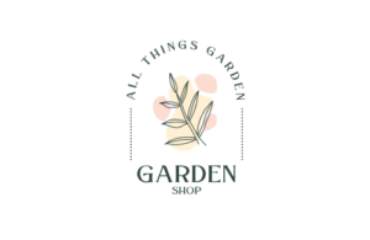How much does the average person spend on gardening?
The amount an average person spends on gardening can vary significantly based on several factors, including their gardening interests, the size of their garden or outdoor space, location, and individual preferences. Here are some general considerations: Hobbyist vs. Enthusiast: The level of interest and commitment to gardening can greatly impact spending. Hobbyist gardeners who maintain a few potted plants or a small garden bed may spend relatively little, while gardening enthusiasts who invest in extensive landscapes, rare plants, and high-end equipment may spend significantly more. Garden Size: The size of the garden or outdoor space plays a significant role. Larger gardens require more resources, such as plants, soil amendments, tools, and maintenance. Balcony or container gardening tends to be more budget-friendly. Type of Plants: The choice of plants can affect costs. Common, easy-to-grow plants are generally more affordable than rare or exotic species. Vegetable gardening can lead to savings on groceries, offsetting some costs. Tools and Equipment: The purchase of gardening tools and equipment, including shovels, pruners, hoses, and lawnmowers, can be a one-time expense or ongoing, depending on quality and maintenance needs. Maintenance: Routine maintenance costs can include fertilizers, mulch, pest control products, and water usage. Maintaining a well-irrigated garden in a dry climate can increase water bills. Landscaping and Hardscaping: Landscaping features like patios, paths, and garden structures can be expensive but add value to outdoor spaces. Seasonal Costs: Gardening expenses can vary seasonally. Spring often sees higher spending due to the purchase of new plants and garden preparation. Fall may require spending on bulbs for spring bloom. Region: Geographic location affects gardening costs. Climate, soil quality, and local plant prices can all vary significantly. It’s challenging to provide an exact figure for the average person’s gardening expenses because there is no universal “average” gardener. Some people may spend only a few hundred dollars a year on basic gardening supplies and plants, while others might invest thousands in landscaping, specialized equipment, and plant collections. To manage gardening expenses, it’s a good idea to set a budget and prioritize spending based on your gardening goals and interests. Prioritizing native or drought-tolerant plants, composting to improve soil quality, and practicing sustainable gardening techniques can also help control costs over time. Ultimately, the amount you spend on gardening should align with your passion for the hobby and your financial circumstances.



